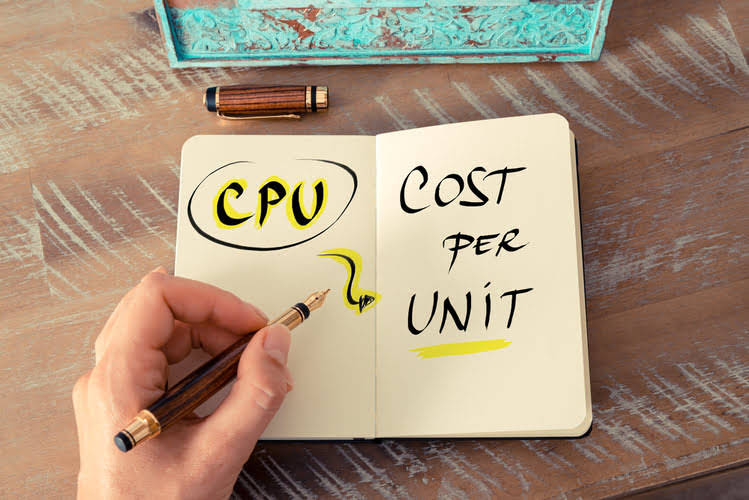
Or maybe you send out an invoice and hope to get paid as soon as possible. By applying strategic thinking to your accounting processes, you could secure several economic benefits for your business. Efforts to streamline procure-to-pay actions will be a key focus in the future of accounts payable management accounts payable. Automation technologies will play a pivotal role in optimizing the end-to-end procurement process. By integrating automated workflows, organizations can achieve greater efficiency, reduce processing times, and enhance accuracy in procurement-related activities.
- To record accounts payable, the accountant credits accounts payable when the bill or invoice is received.
- Larger organizations often have several people handling the payment process.
- On the other hand, managing AR is essential for improving cash flow, ensuring timely customer payments, and reducing bad debt expenses.
- Consider investing in automated AP and payment processing solutions that provide real-time visibility into your P2P processing.
- Through AMS, every state employee seeks to understand customer needs, identify problems, improve processes, and measure results.
While it may not be the most glamorous aspect of business operations, neglecting or mishandling accounts payable can have serious consequences. Even after they are caught, correcting these errors takes up a lot of time, especially if the invoice has already been paid. Getting credit notes from vendors and adjusting them against late payments leads to decreased cash flow in the current cycle. Accountants might also miss duplicate invoices when they appear, leading to the company paying the vendor twice. Reduce tedious manual tasks with the help of Billy the Bot™, Stampli’s smart AI-powered automation. Accounts payable is a department that sits centrally in a business’s core operation.
What is the Difference Between Accounts Receivable and Accounts Payable?
Effective management in this area positively impacts cash flow, financial stability, and the overall reputation of the business. Many people also forget that as well as avoiding late fees, timely AP management can lead to discounts and supplier recognition. Additionally, optimizing accounts payable involves negotiating favorable payment terms with suppliers, such as discounts for early payments, which can significantly benefit the company’s bottom line. It also necessitates efficient communication and collaboration between different departments within an organization, including procurement, accounting, and management, to streamline the entire process.
Following some best practices while managing accounts payable can help mitigate these challenges. Late or missed payments lead to many consequences, such as late payment fees, bad vendor relationships or loss of negotiating power. Missed payments might also get a company involved in legal issues with their vendors. Today, the advent of ERP financial systems and integrated accounts payable systems offers clear benefits to your business.
Going Paperless and Harnessing the Power of Cloud Technology
That means that they will be taken from your account whenever you pay a debt. To take things a step further, accounts payable are current liabilities – this is the case because the company expects to pay them in less than 12 months. Setting up management workflows will help to quickly identify problems and enhance the efficiency of your accounts payable process.

All outstanding payments due to vendors are recorded in accounts payable. As a result, if anyone looks at the balance in accounts payable, they will see the total amount the business owes all of its vendors and short-term lenders. On the other hand, a low accounts payable turnover ratio can indicate that a firm is struggling to pay off its debts. This could be due to factors such as poor cash flow management, slow sales, or excessive debt. A low ratio can also make it more difficult for them to negotiate favorable terms with vendors, as suppliers may be less willing to extend credit if they are not confident in the company’s ability to pay. Recording accounts payable as both a credit and debit enables businesses to accurately track the payments they owe while also maintaining detailed financial records.

